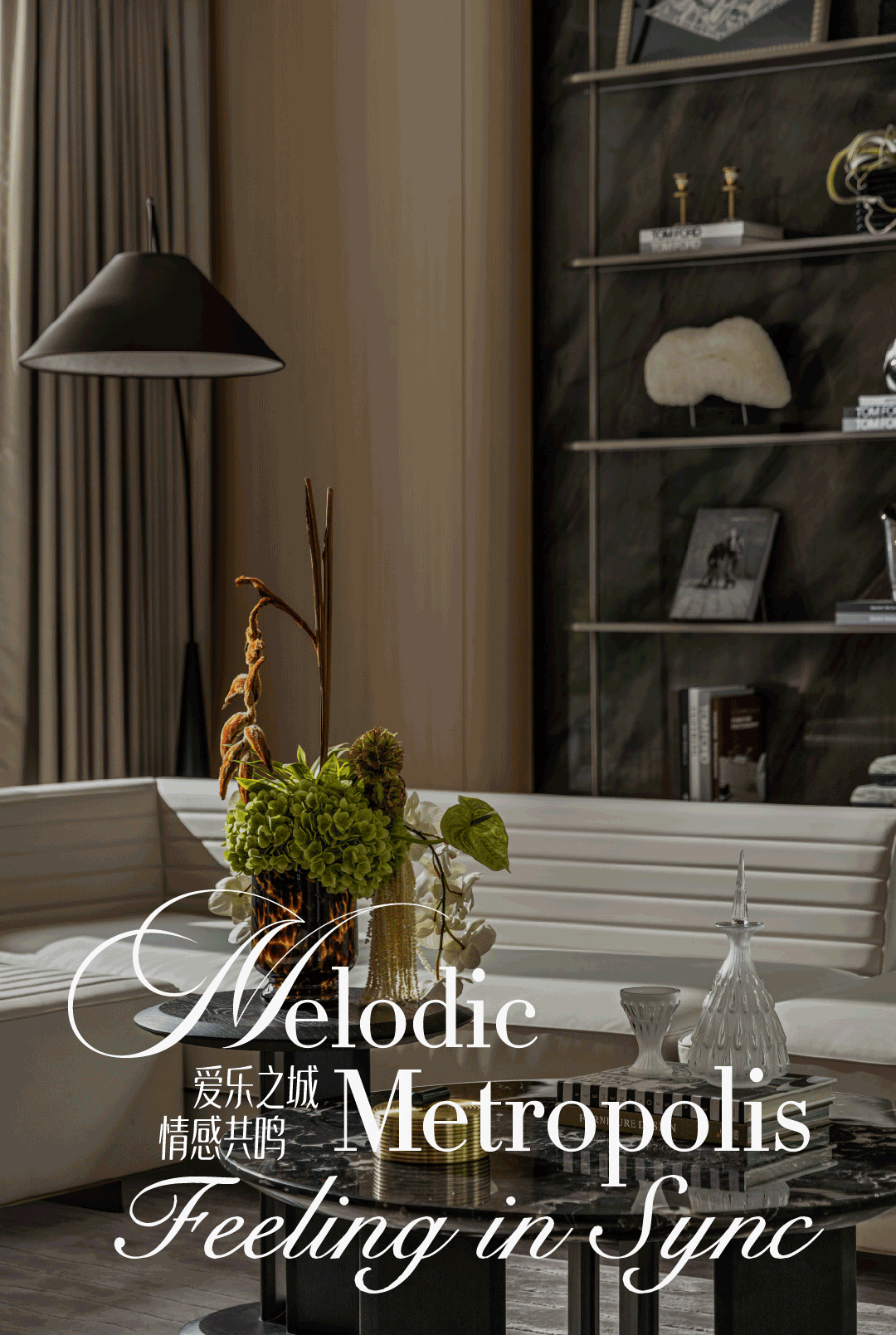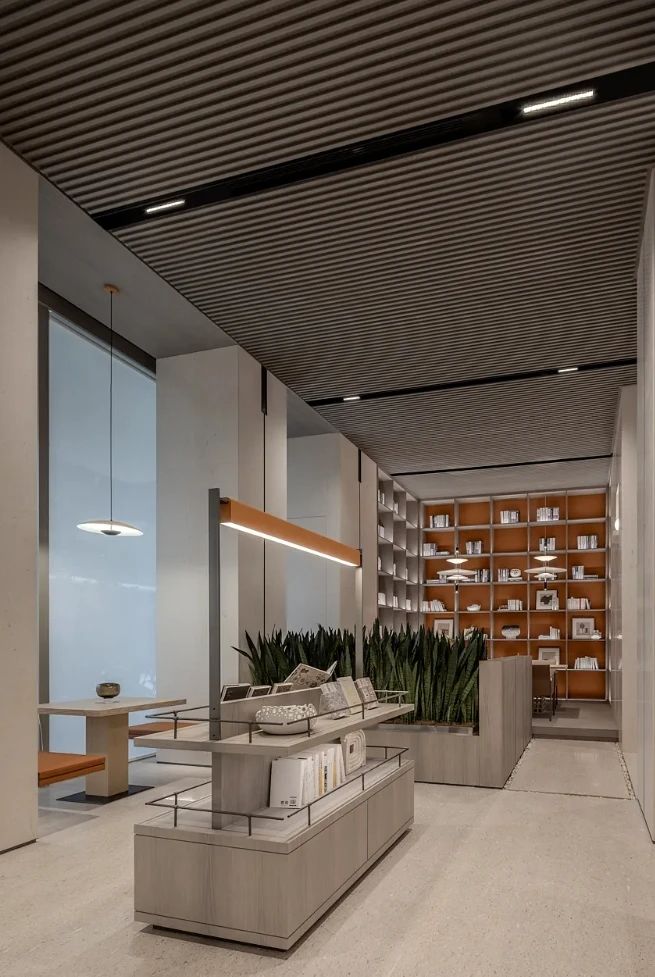Origami House / Lama Arhitectura
2018-01-03 11:31
Architects: Lama Arhitectura Project: Origami House Architect in Charge: Dan Enache, Calin Radu Engineers: Interactive Design – Andrei Tudor Location: Otopeni, Romania Area 180.0 sqm Project Year 2015 Photography Radu Malașincu
建筑师:喇嘛建筑工程:折纸屋建筑师负责:丹·埃纳奇,Calin Radu工程师:交互式设计-Andrei Tudor地点:罗马尼亚奥托邦,面积180.0平方米2015年摄影作品拉杜·玛拉șIncu
This project’s design theme was the consolidation and expansion of an existing house. The site for the project is located in Otopeni city, adjacent to Bucharest. It consists of a generous plot on which an old 100 sqm house was located. The Origami house had a basement, ground floor, first floor and attic.
这个项目的设计主题是巩固和扩建现有的房子。该项目的地点位于乌托邦市,毗邻布加勒斯特。它由一处宽敞的地块组成,一座100平方米的老房子就坐落在这片土地上。折纸屋有地下室、一楼和阁楼。
The core of this project is the modern reinterpretation of the traditional pitched roof house, thus creating a dialogue between the two volumes, between past and present. The first step was to bring out the old house, having it’s character preserved. The extension is reinterpreted in a contemporary shape, like a concrete origami attached to the old house. Seeking for a visual and spatial dialogue between the two volumes, unity was sought.
这个项目的核心是对传统的倾斜屋顶房屋进行现代的重新解释,从而在两卷书之间,在过去和现在之间创造一种对话。第一步是把这座老房子搬出来,把它的性格保留下来。这一延伸被重新解释为当代的形状,就像一张附在老房子上的混凝土折纸。为了在这两卷书之间进行视觉和空间上的对话,人们寻求统一。
The additional volume was designed as to contain an airy living room area, whilst the original house would incorporate the remaining necessary spaces for a family home. The two volumes were placed on a large wooden deck, in order to create continuity. An extension of the wooden deck also hosts the pool, the terrace and a large jardiniere. The joining point between the two volumes marks the entrance. One is guided by the protection of the concrete canopy followed by the trail of sunshine from the skylight, towards the insides of the Origami house.
额外的容量设计为包含一个通风的客厅面积,而原来的房子将包括剩余的必要空间的家庭住宅。这两卷书放在一个大木甲板上,以便保持连续性。木甲板的延伸也容纳了游泳池,露台和一个大的沙丁尼埃。这两卷书之间的连接点标志着入口处。一种是以混凝土天篷的保护为指导,然后是从天窗到折纸房内部的阳光的小径。
The basement hosts a cellar and the utility room. The ground floor consists of the living room with its partially covered terrace in the extension area, together with the kitchen, dinning room, lounge, wardrobe and a bathroom, contained by the original house volume. The living room is a dynamic, high ceiling space, with clear, focused views towards the outside. The original building had a loft conversion, where one can find the master bedroom with a dressing area and bathroom, a guest bedroom and the children’s bedroom. From inside the children’s bedroom, through a ladder, a separate area used as a playroom can be accessed. This is positioned on top of the bathroom.
地下室有一个地下室和一个公用室。一楼由客厅和延伸区部分覆盖的露台组成,还有厨房、餐厅、休息室、衣柜和浴室。客厅是一个充满活力、高天花板的空间,有着清晰、集中的视野。原来的建筑有一个阁楼改建,在那里人们可以找到主卧室有一个化妆区和浴室,一个客人的卧室和儿童的卧室。从孩子们的卧室里,通过梯子,可以进入一个单独的用作游戏室的区域。这个放在浴室的顶部。
For the exterior design, the following materials were used: grey folded metal sheets for the roof, exposed concrete, wood and recovered tiles from the original roof, used to decorate an external wall. For the interior design, the main used materials were: exposed concrete, protection mortar, wooden beams recovered from the original building, silver travertine plates and oak floors.
在外观设计上,采用了以下材料:屋顶用灰色折叠式金属板材,外露混凝土,木材和回收的原屋顶瓷砖,用于装饰外墙。在室内设计方面,主要采用的材料有:外露混凝土、防护砂浆、从原建筑中回收的木梁、银质石灰华板和橡木地板。
 举报
举报
别默默的看了,快登录帮我评论一下吧!:)
注册
登录
更多评论
相关文章
-

描边风设计中,最容易犯的8种问题分析
2018年走过了四分之一,LOGO设计趋势也清晰了LOGO设计
-

描边风设计中,最容易犯的8种问题分析
2018年走过了四分之一,LOGO设计趋势也清晰了LOGO设计
-

描边风设计中,最容易犯的8种问题分析
2018年走过了四分之一,LOGO设计趋势也清晰了LOGO设计




























































